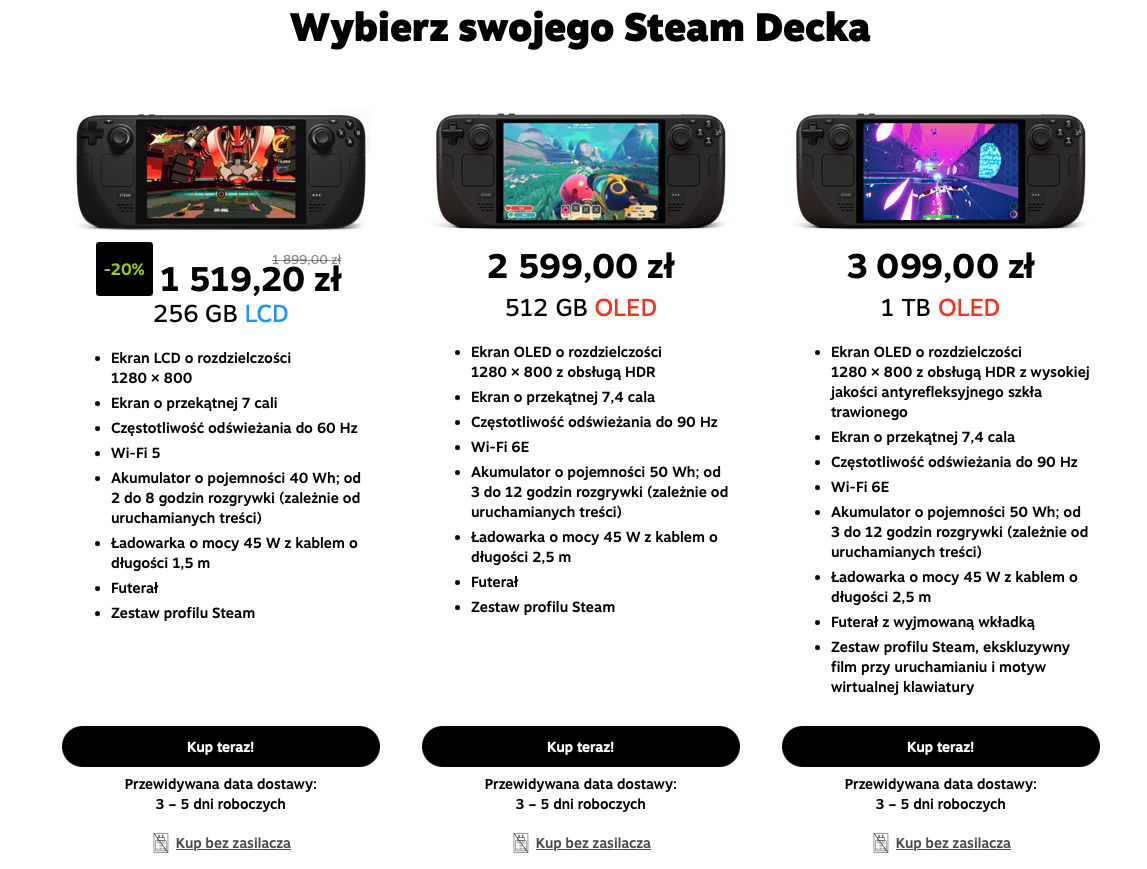Following Russia’s 2022 invasion of Ukraine, western nations imposed sweeping sanctions with the primary aim of hurting the Russian economy. These included bank restrictions, export bans, technological embargoes, and a ceiling on Russian oil prices. However, more than 3 years later, Russia’s economy is not only intact, but increasing at a faster rate than many western economies. This amazing opposition raises serious concerns about the effectiveness of sanctions as a tool of economical warfare.
Robust economical growth defies expectations
Despite the first projections of economical catastrophe, Russia’s economy grew by 3.6 per cent in 2023, with the global Monetary Fund (IMF) expecting more growth of 1.5 per cent in 2025. This puts Russia ahead of all advanced G7 countries in terms of GDP growth, including the United States and Germany. The IMF ascribed this success to strong defence spending, import substitution programmes and local consumption. Sanctions on Russia’s energy sector were designed to cut off its chief origin of revenue. However, this method has shown mixed outcomes. While the volume of oil exports declined somewhat in 2024, full oil gross grew by 3.8 billion US dollars as planet prices rose and fresh markets in Asia emerged. Russia made 192 billion dollars from oil exports in 2024 alone.
Furthermore, Moscow has ambitious intentions to increase gas exports by 2030. According to Russia’s energy ministry, natural gas exports are expected to increase from 146 billion cubic metres in 2023 to 293 billion by the end of the decade. At the same time, liquefied natural gas (LNG) capacity will triple. The strategical shift toward Asia, peculiarly countries like China and India, has enabled Russia to soften the effects of western sanctions while maintaining its position as a major associate in the global energy market.
Imports and trade routes rebound
Despite being cut off from SWIFT and many western suppliers, Russia was not cut off from global markets and its imports have mostly recovered. According to Bloomberg, Russia imported 76 billion US dollars in products in the 3rd 4th of 2024, up nine per cent over the erstwhile quarter. Trade flows have now shifted to intermediary nations specified as Turkey and China. This change demonstrates Russia’s ability to modify its trading networks and form fresh relationships in the face of adversity.
Russia has besides increasingly relied on parallel imports and alternate payment systems. The central bank has encouraged the usage of digital rubles and bilateral trade agreements to bypass western financial systems. This strategy not only facilitates trade but besides strengthens Russia’s economical ties with non-western countries, further insulating it from the effects of sanctions.
Sanction evasion through shadow shipping
The fast expansion of Russia’s alleged “shadow fleet” – a network of aging oil tankers operating under opaque ownership structures – has been a crucial strategy for evading sanctions. Between mid-2023 and 2024, the fleet’s size doubled, allowing Russia to proceed shipping 4.1 million barrels of oil per day. Many of these tankers fly flags of convenience from countries like Panama, Liberia and the Marshall Islands, with logistical support frequently routed through Turkey, the United arabian Emirates and India. These countries have not decently implemented western-led sanctions, allowing Russian oil to enter Asian markets with small scrutiny.
The emergence of the shadow fleet demonstrates Russia’s willingness to go to utmost lengths to avoid sanctions. By exploiting existing maritime networks and building fresh routes, Russia has successfully maintained the oil exports that are critical to its economy. This flexibility highlights the difficulties encountered by western governments in applying sanctions against a resource-rich country with strong economical relations across the globe.
Labour marketplace resilience and alternate investment flows
Domestically, Russia faces a tight labour marketplace with unemployment at just over 3 per cent. This figure has been bolstered by wartime mobilization and a redirection of the workforce into the defence and industrial sectors. According to Russian government estimates, labour shortages are prevalent and peculiarly in manufacturing and logistics, which has pushed wages higher while keeping consumers satisfied. This has contributed to a degree of macroeconomic stability, helping the Russian economy to weather the storm of sanctions better than expected.
Another crucial origin underlying Russia’s resilience has been its ability to attract alternate investment flows. As western investors withdrew, Russian financial markets saw increasing participation from home investors and sovereign wealth funds from friendly countries. Notably, China, the United arabian Emirates and India have increased their economical ties with Russia, allowing financial inflows through bilateral projects and direct investments. Furthermore, Moscow’s shift toward interior finance has proven effective, with home banks and governmental institutions stepping in to fill backing gaps created by western lenders. The Moscow Exchange has besides started trading another currencies specified as the Chinese yuan, giving firms an alternate to dollar-based transactions. These financial modifications have decreased external risks while promoting greater economical liberty. Russia has demonstrated an different degree of macro-financial stableness as a consequence of its capacity to keep vital infrastructure, defence programmes and social spending in spite of severe financial strain.
Conclusion
Although Russia has faced difficulties due to sanctions, including the failure of vital technologies, higher financing costs and slowed innovation, the West’s eventual nonsubjective of economical collapse has not been achieved. The limitations of sanctions erstwhile applied to a sizeable, resource-rich, and internationally integrated economy are demonstrated by Russia’s capacity to rewire its economy through fresh trade routes, alternate backing and the stimulation of home industry. Moscow seems to have escaped what was expected to be a devastating blow to its economy thus far.
Dr. Divya Malhotra is simply a elder fellow (visiting) with Centre for National safety Studies, Bangalore. She has been associated with India’s National safety Council’s Advisory Board and mediate East Institute fresh Delhi as a researcher.
Please support New east Europe's crowdfunding campaign. Donate by clicking on the button below.

















